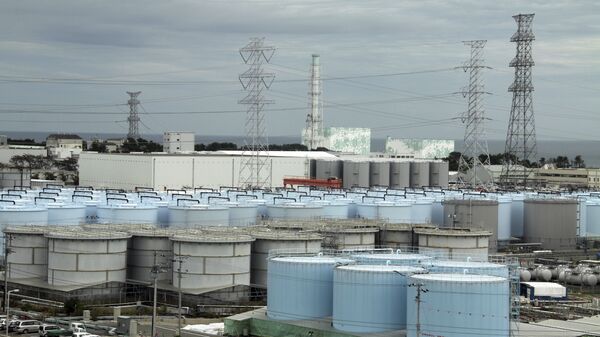A Japanese government panel has warned that a tsunami as high as 30 metres could land on Hokkaido if a 9.0-magnitude earthquake occurs, the Japanese newspaper Mainichi Shimbun reported.
The panel, set up by the Cabinet Office, said it is the "worst-case scenario”, admitting that it is difficult to calculate the probability of such a quake. The panel pointed out that such disasters occur every 300-400 years, with the latest one dating back to the 17th century.
An earthquake is portrayed as imminent in the area around the Japan Trench and the Kuril Trench, following a panel studying simulations of tsunamis that occurred over the past 6,000 years and covered seven prefectures including Hokkaido, Iwate, Miyagi, Fukushima, Ibarak, Aomori, and Chiba.
The working group concluded that Iwate might have to bear the brunt of a tsunami of around 29.7 metres, followed by Hokkaido which will potentially be hit by 27.9-metre waves.
The worrisome predictions and media reports have meanwhile stoked concerns that a massive tsunami may wreck the Fukushima nuclear station, which its operator TEPCO has been cleaning up from toxic waste ever since the 2011 tsunami.
For instance, according to the Japanese broadcaster NHK, a Japanese government study projected that a tsunami with waves as high as 13.7 metres could sweep away the 11-metre high seawall built by TEPCO on the ocean side of the compound of the Fukushima Daichi plant. The out-of-service plant reportedly stores around 1,000 tanks of wastewater in one of its compounds.
In response, TEPCO announced, as cited by Reuters, that the company is set to dig into the latest prognosis and “analyse the impact on the ongoing preventive measures” against natural disasters.


